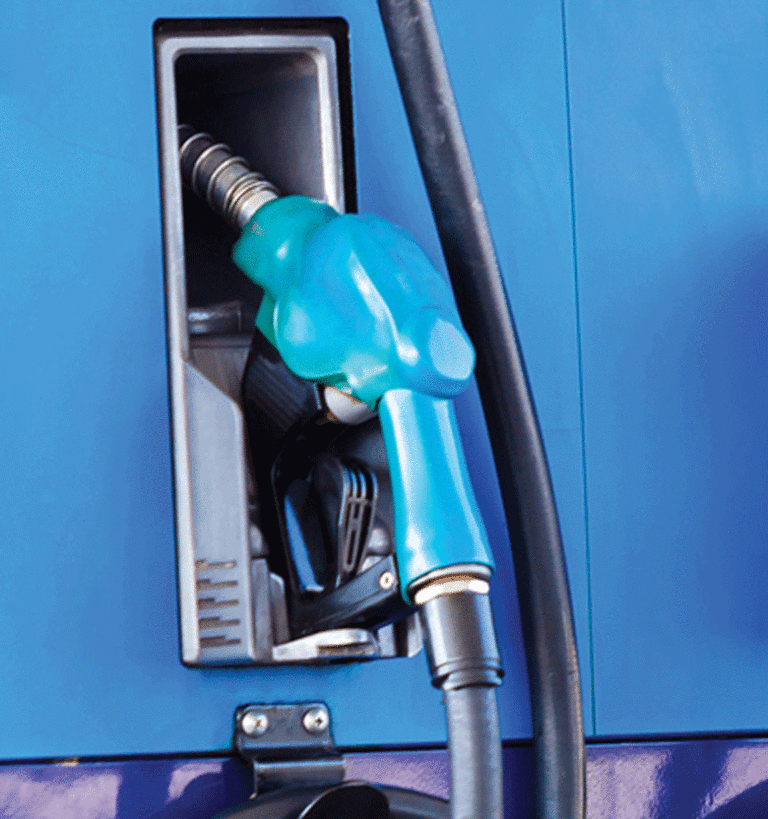Lower oil prices forecast for 2020

Analysts predict rising inventories will weigh on prices
The US Energy Information Administration (EIA) is expecting the average price of crude to be lower in 2020 than in 2019 due to rising global oil inventories, particularly in the first half of the year.
In a statement released on 13 November, the EIA estimated that the average price for Brent crude will be $60 a barrel, down from $64 in 2019. The average price forecast for 2020 is 15.7 per cent below the average price of $71.2 recorded in 2018. The EIA also forecast that West Texas Intermediate (WTI) prices will average $5.5 a barrel less than Brent prices in 2020.
 The EIA was one of the most accurate forecasters for this year’s prices. This time last year, the organisation said Brent would average $61 a barrel over 2019. As of 22 November, Brent’s average price for the year was $63.6. The EIA’s estimate was closer than the US’ Goldman Sachs and Bank of America Merrill Lynch, both of which forecast an average price of $70 a barrel.
The EIA was one of the most accurate forecasters for this year’s prices. This time last year, the organisation said Brent would average $61 a barrel over 2019. As of 22 November, Brent’s average price for the year was $63.6. The EIA’s estimate was closer than the US’ Goldman Sachs and Bank of America Merrill Lynch, both of which forecast an average price of $70 a barrel.
Oversupply warnings
Like the EIA, the Paris-based International Energy Agency (IEA) has also warned about excess supplies in 2020.
In a report published in October, the IEA cut its oil demand growth figure by 100,000 barrels a day (b/d) for both 2019 and 2020.
Oil demand is still expected to grow by “a solid” 1.2 million b/d in 2020, the IEA said in its report. Factors that have dimmed the outlook for oil demand include the US-China trade dispute and issues surrounding the UK’s exit from the EU, according to the IEA.
The softening forecasts come despite actions to bolster prices taken by Opec and non-Opec oil producing nations. Since January 2017, Opec and a Russia-led group comprising 11 of its allies have implemented a deal to collectively withhold 1.2 million b/d of oil production.
Members of the Opec+ alliance, as the group has come to be called, unanimously agreed to extend their existing oil output cut deal until March 2020 at their meeting in Vienna in early July.
Earlier in November, it was reported that Opec and its allies are likely to extend existing oil output cuts when they meet in December. It is expected that existing cuts will be extended until mid-2020, with non-Opec oil producer Russia supporting Saudi Arabia’s push for stable oil prices amid the listing of state oil giant Saudi Aramco.
Aramco flotation
Aramco published its initial public offering prospectus on 9 November, confirming that it was to offer 3 billion shares of the company’s 20 billion shares at a price between SR30 and SR32 ($8-$8.5) during a two-week subscription period between 17 and 29 November – valuing the company at between $1.6 trillion and $1.7 trillion.
 Efforts to bolster prices from the Opec+ alliance have been undermined by growing production from other producer countries, especially the US, which has brought on significant production capacity over recent years. The US’ capacity growth has mainly been due to unconventional production using hydraulic fracturing and horizontal drilling.
Efforts to bolster prices from the Opec+ alliance have been undermined by growing production from other producer countries, especially the US, which has brought on significant production capacity over recent years. The US’ capacity growth has mainly been due to unconventional production using hydraulic fracturing and horizontal drilling.
Efforts to support prices have also been undermined by global oil demand, which has failed to live up to expectations. Demand for oil in 2019 has been relatively weak amid slow global growth in the first half of the year and slower than expected demand from India, one of the world’s biggest oil-consuming nations.
Like the EIA and the IEA, Opec itself has predicted that the oil market will be in surplus in 2020. Crude futures show that oil traders are forecasting a drawdown in stockpiles next year.
There are various factors that could cause a drawdown in stockpiles over 2020. On the supply side, US sanctions are currently limiting exports from Venezuela. Additionally, lower oil prices could slow the growth of US shale production.
On the demand side, some investors and commodity traders are forecasting that the global economy will avoid a recession in 2020. If global growth beats expectations, this will support faster growth in oil demand.
The resolution of US-China trade tensions could also provide a significant boost to global demand for crude oil.
 In a report published in November, UK-based lender Barclays highlights other wildcards that could impact oil prices over 2020. “Rising tension in the Middle East has led to concerns around the risk of a prolonged period of elevated oil prices,” said the bank.
In a report published in November, UK-based lender Barclays highlights other wildcards that could impact oil prices over 2020. “Rising tension in the Middle East has led to concerns around the risk of a prolonged period of elevated oil prices,” said the bank.
The bank agreed with the EIA, IEA and Opec view that supply is likely to outstrip demand over 2020.
However, it said the “unpredictable geopolitical landscape is likely to keep the oil price in a range”.
Barclays said that, aside from geopolitical events, US shale output is likely to be a key supply-side factor that will have an impact on prices.
Looking at consumption, the bank said “demand in 2020 will likely remain lacklustre”.
It added that it is expecting Brent crude to “stay in a wide range of about $60 a barrel” over the next 12 months.


